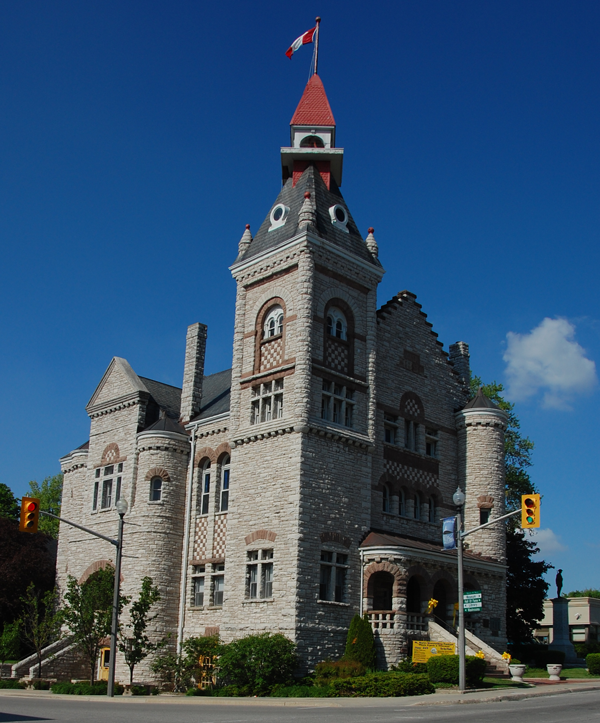But it wasn’t magic. It amounted to the return of the age-old scam called “bucket shops.” Also sometimes known as “boiler rooms,” bucket shops emerged after the Civil War. Usually, they were storefronts where people came to bet on stocks without owning them. Unlike their customers, the shops actually owned blocks of stock. If customers were betting that a stock would go up, the shops would sell it and the price would plunge; if bettors were bearish, the shops would buy. In this way, they cleaned out their customers. Frenetic bucket-shop activity caused the Panic of 1907. By 1909, New York had banned bucket shops, and every other state soon followed. [Village Voice, 2009-01-28]
Thank God, the state governments banned them.
And lucky you– the federal government, much, much later, let them come back, under Greenspan and Rubin, Clinton and Bush. Then they were called derivatives and sub-prime mortgages and credit default swaps. And like the bucket shops, they were a kind of parody of investment. You were betting on the betting on the speculators who were betting on mortgage rates and stock markets to rise, or fall, or collapse. It didn’t matter: it wasn’t in the broker’s interest for stocks– and you– to do well. They paid themselves well, in bonuses and incentives. And the consequences included the biggest financial meltdown since the era of Herbert Hoover
.

Old City Hall, St. Mary’s, Ontario, 2011.
